Loop Earplugs – Meta Advertising In The Japanese Market
Client Details
| Industry | Health & lifestyle. |
| Product | Earplugs. |
| Target market | People with hearing sensitivity, focus issues, or sleeping problems. |
| Objective | Increase the ROAS (Return on ad spend) of Meta ads through advanced testing, optimization, and ad scaling frameworks in the Japanese market. |
What We Achieved
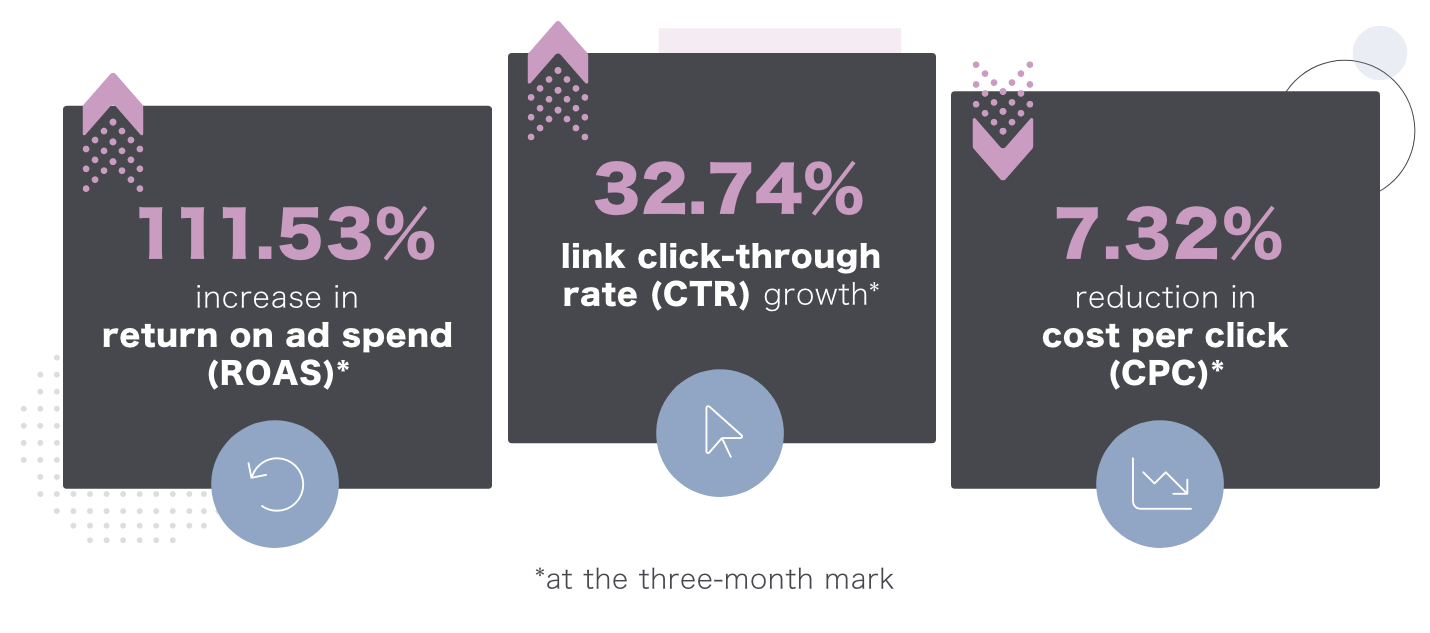
Client’s Voice
Project Details
In a world saturated with constant noise, protecting our ears and safeguarding our headspace has become increasingly imperative. This is where earplugs come in handy, yet they are often viewed as unappealing, uncomfortable, and even seen as something to be ashamed of. Loop earplugs challenge this stigma head-on with their bold design and unwavering functionality, promising an immersive experience beyond mere protection.
Recognized for their excellence, Loop earplugs were honored with the Good Design Awards by the Japan Institute of Design Promotion. Now, our mission was to elevate their presence among Japanese consumers, ensuring every advertising investment yields maximum returns.
With Meta as the digital advertising channel, Humble Bunny demonstrated expertise in masterfully creating ad copies and creatives, testing, and optimizing to help Loop boost its ROAS.
Our core strategy involved:
- Crafting Japanese ad copies based on the cultural understanding of Japanese society and the psychology of Japanese consumers.
- Testing frequently to quickly amplify the top-performing ads and campaigns while pausing those underperforming.
- Making informed decisions and extracting valuable insights into the target audience from our advanced 3/2/1 data analysis and reporting systems.
Maximizing ROAS Through Strategic Funnel Targeting
+31.10% average month-over-month ROAS increase
*Please note that numbers have been hidden to protect Client data.
To boost Return on Ad Spend (ROAS), it’s crucial to find the right balance between reaching new audiences and reconnecting with those who have already engaged with the brand or shown interest in the product. When targeting new audiences, we used a mix of broad targeting and interest-specific targeting.
With broad targeting, we granted Meta’s algorithm the freedom to analyze our ad content, therefore, showing our ads to the relevant audiences. Broad targeting, despite its utterly simple setup, is powerful because the algorithm learns from audience interactions, and refines the targeting over time. This was also the campaign that we scaled up over time.
On the other hand, interest-targeting is worth trying out because Meta would show our ads to people with relevant interests, which can lead to good ROAS initially.
However, it’s important to remember that interest doesn’t always translate to intent. For example, someone interested in quiet workplaces might not necessarily want to buy earplugs, although it’s possible. That’s why we recommend testing this targeting alongside broad targeting for optimal results.
Some key interests that we targeted for Loop are:
-
- Noise Sensitivity
- Focus & Concentration
- Music & Entertainment
- Sports
- Sleep Quality
On the other hand, retargeting can be highly effective in boosting ROAS as it targets users who have already shown interest in the brand or product. This includes people who have interacted with social media content, visited the website, or added items to their cart. These users are closer to making a purchase decision, making them more receptive to ads that serve as reminders or offer special deals.
To ensure the best return on ad spend, we dynamically adjusted the budget splits between different funnel levels based on the quantitative signals on our data report. If a campaign’s ROAS did not meet our minimum standard, we either tweaked or paused it entirely, reallocating the budget to campaigns with higher ROAS.
Introducing Humble Bunny Way Of Running PPC Ads in Japan
Leveraging The Power Of Meta AI With Advantage+ Shopping Campaigns
We tapped into the power of automation with Advantage+ shopping campaigns that nicely complimented our manual cold and warm audience targeting campaigns.
According to Meta, Advantage+ shopping campaigns streamline the process by eliminating the need for multiple campaigns with different setups, allowing the system to efficiently reach potential customers who are likely to buy our products. Moreover, they enable us to test up to 150 creative combinations and deliver the best-performing ones to high-value shoppers.
On Loop’s account, we conducted a test with two Advantage+ Shopping Campaigns to determine the optimal number of ad creatives: One campaign included 15 ad creatives from our past campaigns, while the other featured only 5 top-performing ones based on historical data. Both campaigns had the same daily budget and were tested over 2 weeks.
Interestingly, although the campaign with 15 creatives initially showed better performance in terms of conversions and ROAS, the one with 5 selective creatives eventually achieved higher ROAS and lower CPA.
Return on ad spend (ROAS) trend in 2 weeks
*Please note that numbers have been hidden to protect Client data.
Cost per acquisition (CPA) trend in 2 weeks
*Please note that numbers have been hidden to protect Client data.
This underscores the importance of allowing the algorithm sufficient time to learn from the ads before displaying them to the right audience.
Additionally, while we have the capacity to test up to 150 creatives, it’s crucial to prioritize quality over quantity to ensure that each ad effectively captures the attention and intent of potential customers.
Learn More About Marketing Automation In Japan
Employing Various Creative Tests To Optimize Ad Performance
+11.27% average month-over-month increase in CTR
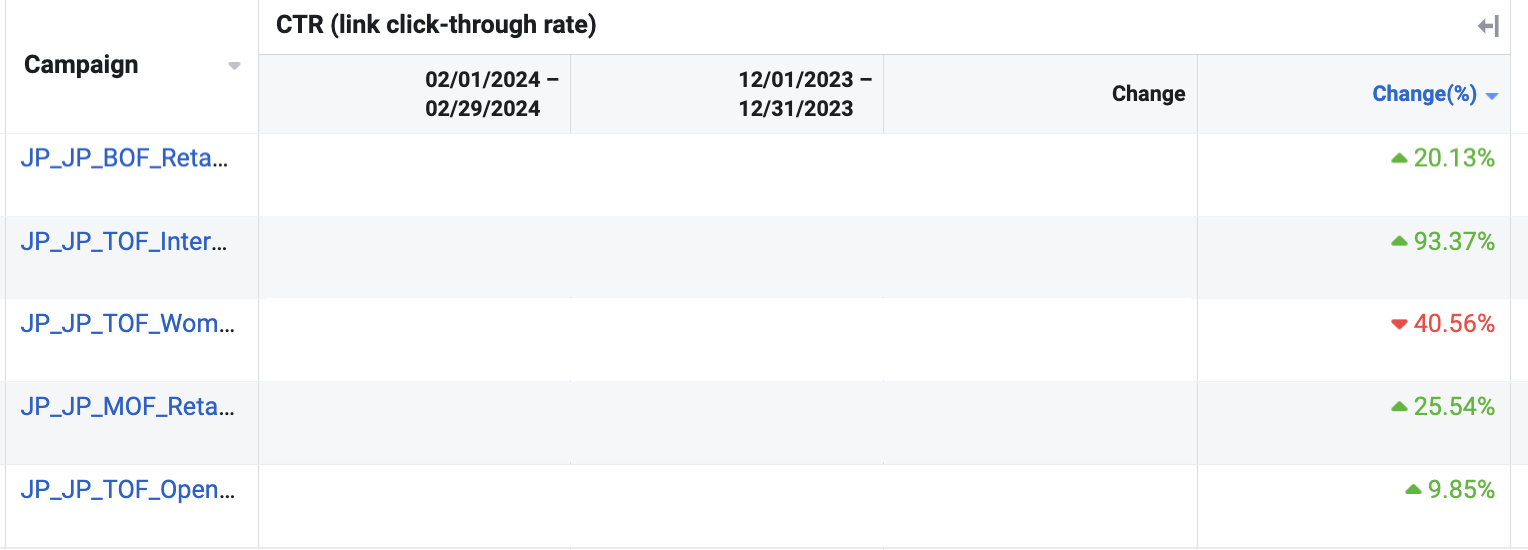
At Humble Bunny, we emphasize the importance of frequent testing not only in our targeting strategies but also in our approach to crafting ad creatives.
When it comes to Meta ads, creative testing serves multiple purposes beyond just developing new ads. Our primary goal is to always try to surpass our best-performing ads, therefore, increasing CTR and ROAS.
Upon starting the work on Loop’s ad account, we conducted a thorough audit of the previous ads to identify any gaps and opportunities for improvement. This analysis allowed us to propose new creative approaches that paved the way for successful ad performance.
With Loop, our focus was on experimenting with different ad creative formats such as images, videos, and carousels as well as different ad copies to determine their effectiveness in influencing our target audience.
To streamline this process, we opted for dynamic creative tests, where we included multiple options for each creative element in a single ad. By leveraging the power of algorithms, we let the system determine the optimal combination that resonated best with our audience. Then after approximately two weeks of testing, we extracted the winning combination from these tests and ran it as a single ad in our BAU (Business As Usual) campaign.
This data-driven approach enabled us to make informed decisions based on tangible results rather than relying on subjective intuition.
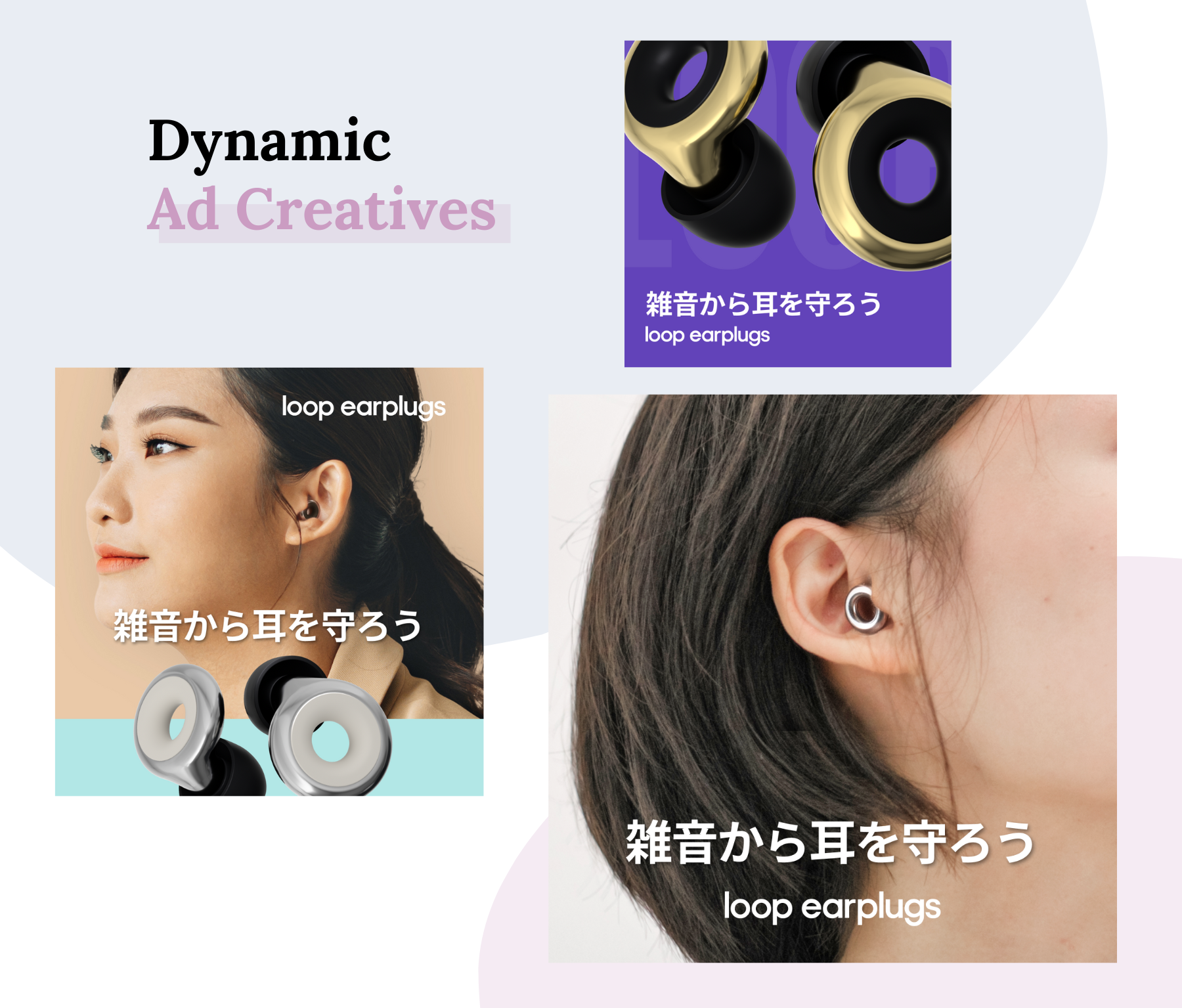
Our Commitment to Split Testing and Optimizations
On top of that, we were always keen on providing long-term brand insights that could benefit Loop’s future marketing initiatives.
For example, by analyzing the data from Loop, we discovered that among male and female audiences, females showed a higher inclination to purchase Loop earplugs. Specifically, within the female demographic, the 25-34 age group appeared to be the most promising target audience with the highest conversion rate and a relatively high click-through rate.

Our hypothesis suggests that Loop’s brand identity, characterized by its boldness and vibrance, resonates particularly well with this age group. Moreover, compared to the 18-24 demographic, the 25-34 age group typically has greater disposable income and demonstrates a higher interest in health and lifestyle. These reasons combined make them the ideal target customers.
Crafting Japanese Ad Copies That Actually Sell
One of the challenges for foreign brands running ads targeting Japanese consumers is the lack of Japanese copywriting talent. While basic copywriting principles remain relevant, crafting compelling Japanese ad copy requires a deep understanding of cultural nuances and consumer behaviors. Fortunately, our team includes native Japanese speakers and non-natives proficient in Japanese copywriting.
Our copywriting process always starts with defining the target persona, considering factors like age, gender, income level, interests, and media preferences. Then we identify the psychological aspects relevant to the persona and apply the appropriate copywriting techniques such as AIDA, PAS, FAB, using social proof, and more!
For example, uncertainty avoidance is prevalent in Japanese society, which translates to meticulous product and brand research before making a purchase decision. To address this, for Loop ads, we highlighted customer-friendly policies like the 100-day return policy and incorporated social proof elements such as customer satisfaction percentages and reviews to instill confidence in potential buyers.
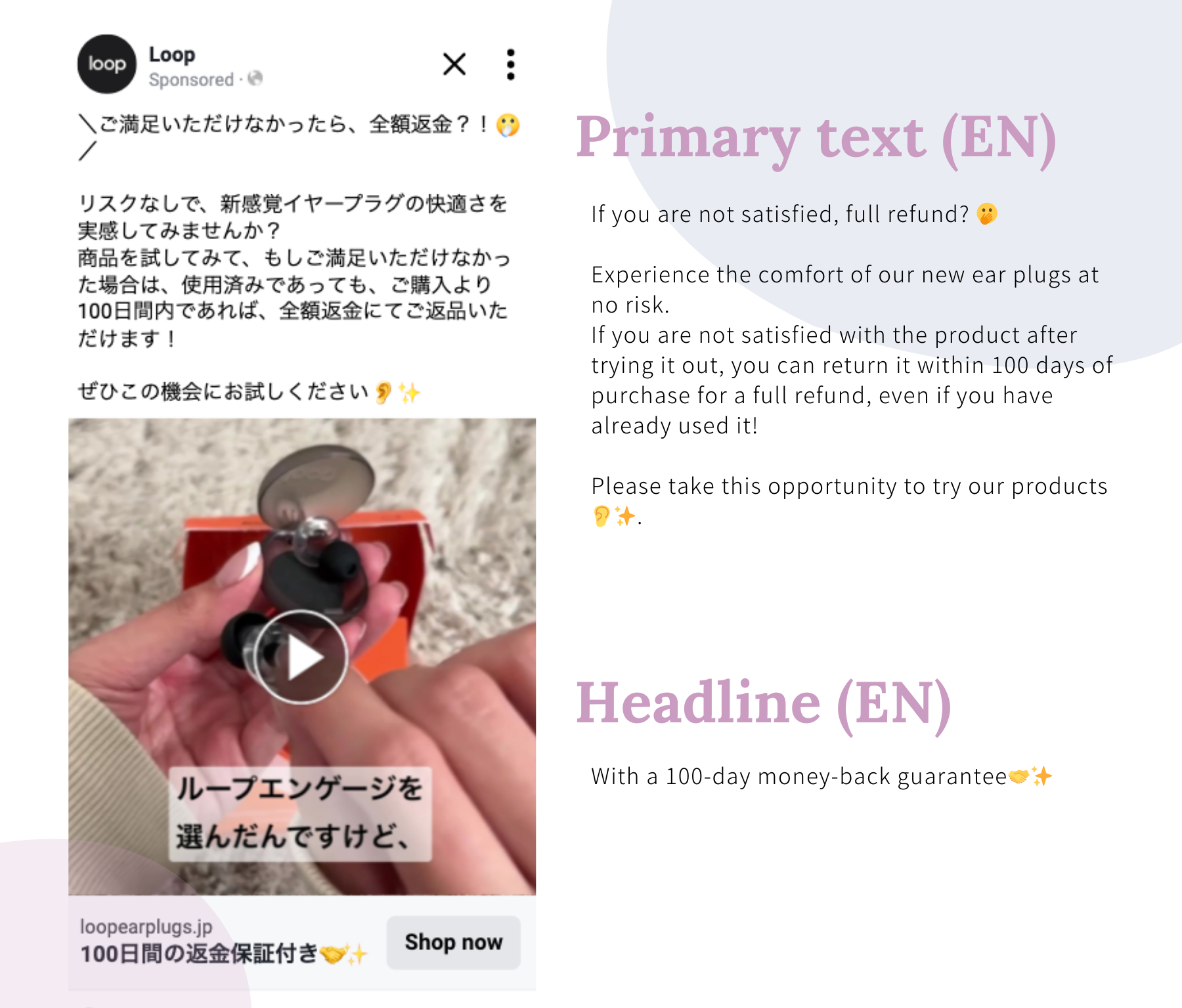
On top of that, we also conducted frequent tests on ad copies to ensure they resonate with the audience, addressing their needs and presenting products effectively. This is enabled by our performance data and reporting system, which we monitor regularly.
Before You Go, We’ve Got Some Ideas For Your PPC Campaigns
Here are a couple of quick discoveries we’ve pulled from the data of our latest PPC projects. Why? To help you make the changes you need to gain traction in the Japanese market! As an agency, we are always digging deeper and searching for those little yet significant tweaks that will push our clients to the next level of success.
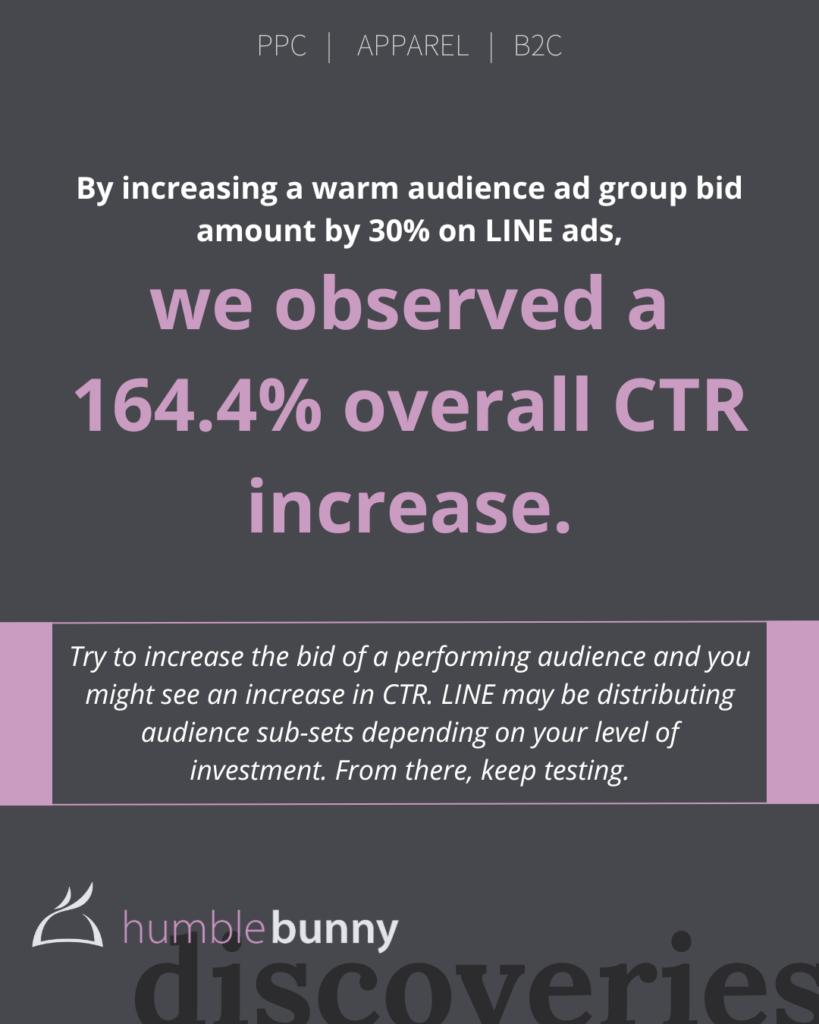
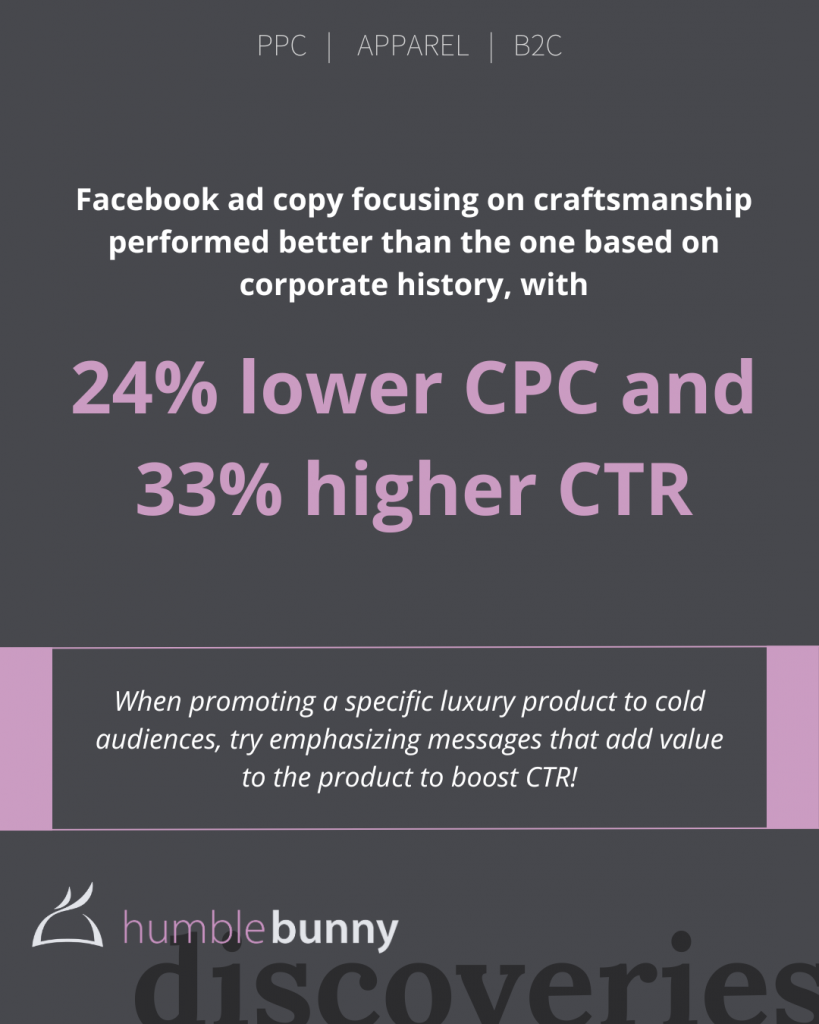
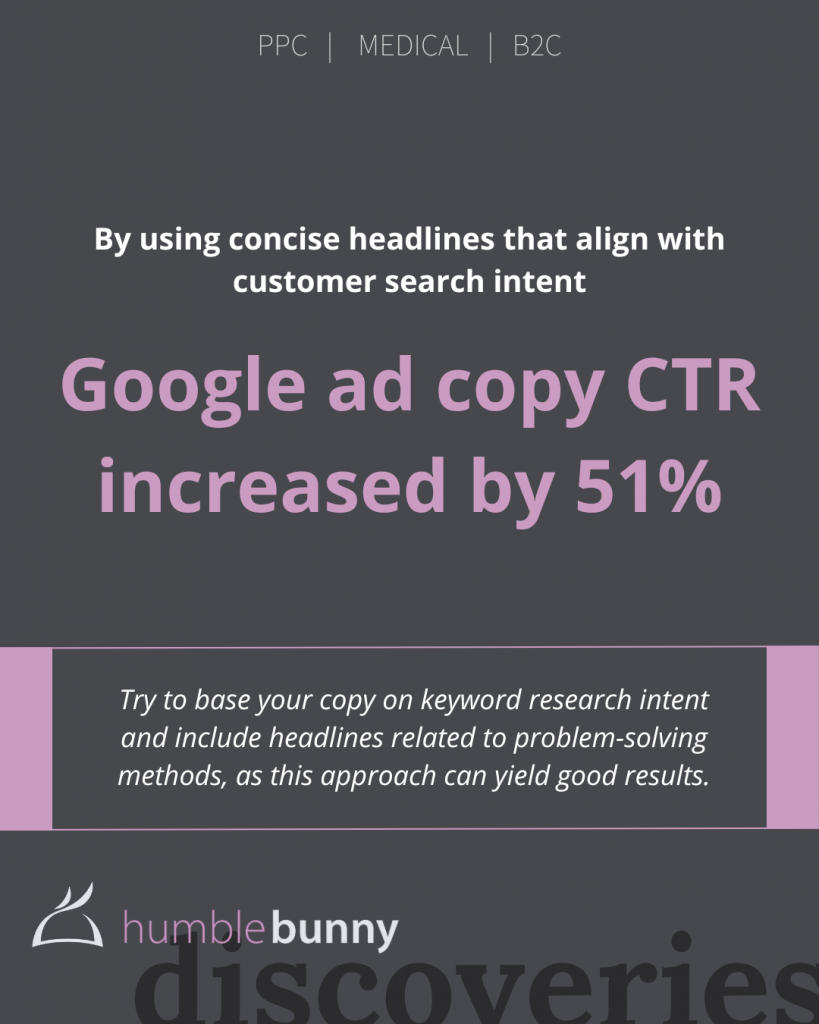
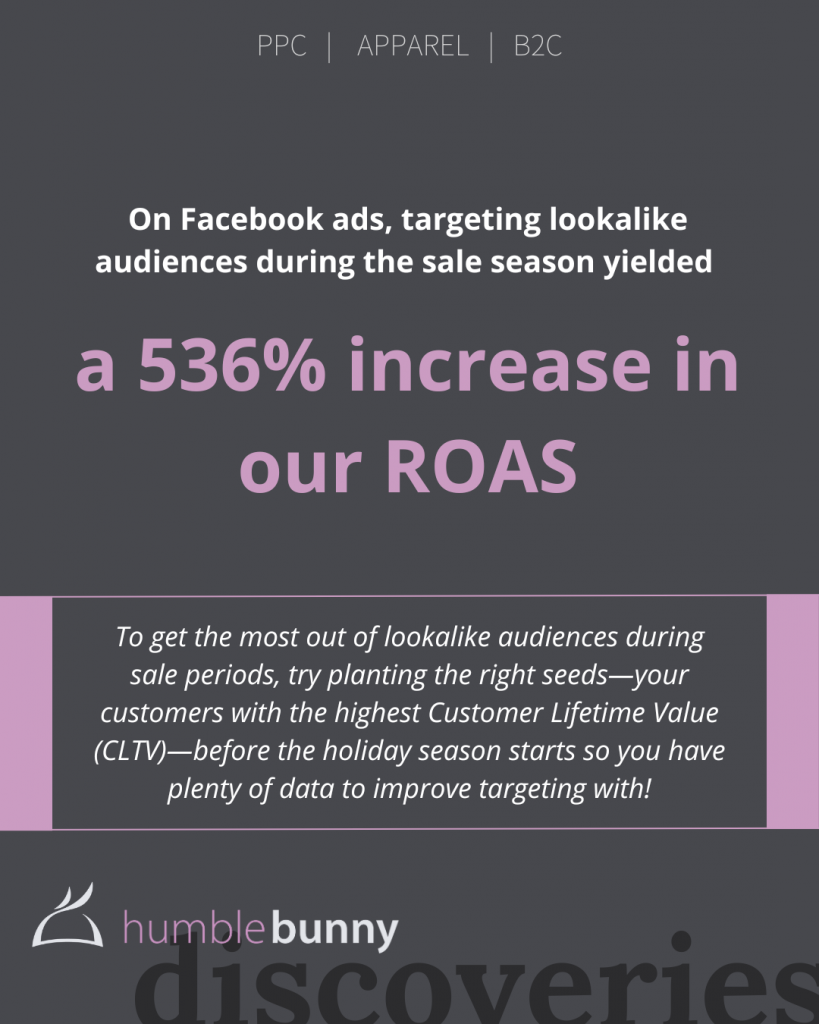
Do you want to achieve incredible results like we were able to accomplish for Loop?
Let us show you how we can help!